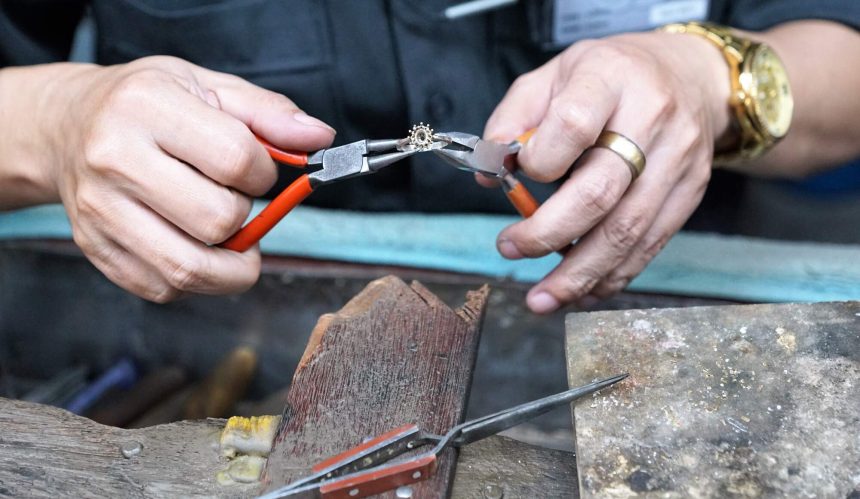Experts estimate that the global jewelry market will reach a whopping $500 billion USD by 2026.
So if you’re a budding jewelry designer looking to get your beautiful designs out into the world, now is the perfect time to take advantage of the booming jewelry industry.
But where do you start with getting your designs from a drawing in your sketchbook to a ring on someone’s finger? This is where understanding the jewelry manufacturing process comes in.
When you understand this process, you’ll get a better idea of how to get your designs made so you can start selling them. Keep reading to learn more!
Design Creation
The first step in making jewelry is creating your design. You might start out by creating a mood board with all the inspirations for your design, such as colors, textures, and shapes.
Once your sketch is complete, you can send it off to a digital designer. This designer will create a 3D model of your design on the computer. They may also give you a 3D print of your design.
Molding
Once you finalize your design, you’re ready to start working with a manufacturer.
Your manufacturer will turn your design into a master mold. This mold is usually made out of rubber, silicone, wax, or metal.
If you’re not sure which manufacturer to consider, consult a manufacturer list for getting quality precious metals to use in your project, especially if you’re looking at creating investment pieces.
Casting
Casting jewelry is a complicated process. The wax mold is placed into a steel container, which is covered in Plaster of Paris.
This is heated and the wax part melts away. Molten metal gets poured into this cavity, where it will cool in the shape of the jewelry piece.
Assembly
Once the metal has cooled, the jewelry maker files away the cast to reveal the final design and make sure the jewelry piece is functional.
Depending on the types of jewelry they’re working with, jewelry makers have to make sure the jewelry can hold gemstones and make adjustments to the final look.
Embellishing
If gemstones are part of your design, the jewelry maker will add them in this step.
They might also add an extra finish to the piece, such as hammering, matte finishing, or high polish finishing.
Final Steps
The piece is then polished and buffed. Finally, if the piece is supposed to be plated with another metal like rhodium or silver, this will be the last step in the process.
The best jewelry also goes through a rigorous quality assurance process to make sure everything is in order before sending out the piece.
Understand the Process of Jewelry Manufacturing
As you can see, the jewelry manufacturing process can get quite complicated, especially in the casting stage.
But when you’re familiar with the manufacturing process, you can get a better idea of how functional (and costly) your designs will be.
For more helpful articles like this one, be sure to bookmark us and check out the rest of our site!















